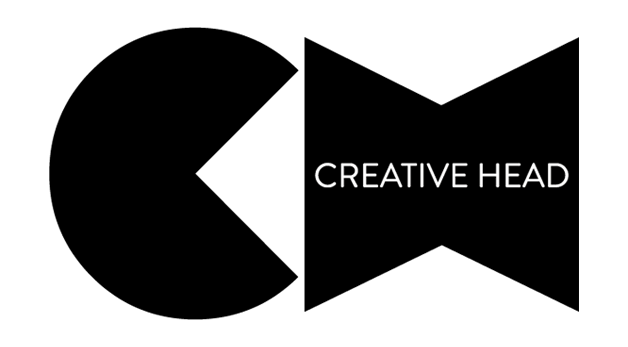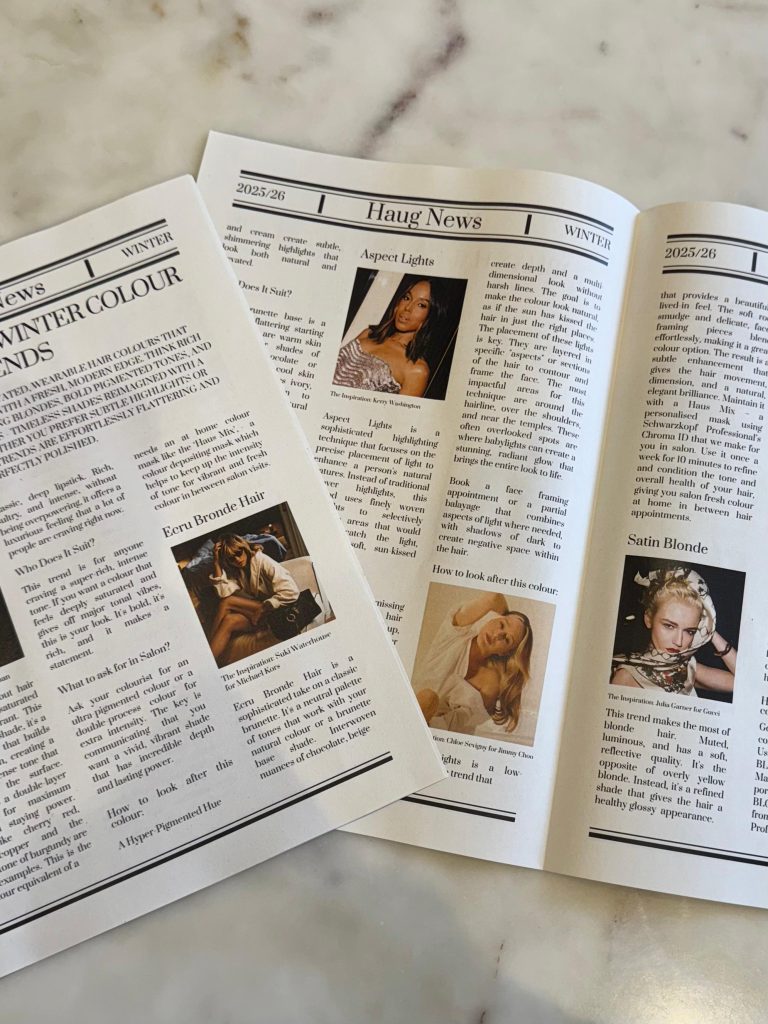The Wonderful World of Wicked’s Hair Design: An Exclusive Conversation with award-winning hair artist, Frances Hannon
Behind the scenes with the creative force who gave each corner of Oz its own hair identity in this year’s most-discussed film
by CAITLYN | CONVERSATIONS

From 4 AM call times to managing teams of over 100 artists, the scale of Wicked‘s production required military-like precision combined with creative innovation. “We had roughly 300 crowd in the chair, as well as 80 plus principals on set at a given time,” Frances explains. “The main actors, like Cynthia and Ariana, would often be in the chair at 5 AM, which means your artists are there at 4:30 to be ready and set up for them.”
But such a massive undertaking doesn’t materialise overnight. Let’s go back to the beginning of the story, before the magic of Oz came to life, before the first wig was styled or character was designed.
“When Wicked came out, I took my two daughters to see it several times because they adored it,” she shares. “I loved the theatre production, and The Wizard of Oz was such a part of my world growing up. So, when Jon [Chu] chose me, I felt incredibly lucky.”
This personal passion shaped Frances’ approach, but collaboration was key. Working closely with costume designer Paul Tazewell and director Jon M. Chu, she developed distinct visual identities for every corner of Oz. “We weren’t tied to anything,” Frances explains. “Jon and Marc [Platt, producer] were wonderful collaborators and allowed me to bring all my ideas to the table.”
The process began with the principal characters. An early test with Cynthia Erivo revealed a critical insight for Elphaba. “We had the green ready, but the original hair colour didn’t work. It was immediately clear that it needed adjustment,” she recalls.

As Elphaba grows in her power, her hair evolves subtly. “We made her hair longer, darker, and slightly wilder to reflect her strength,” Frances adds. These changes had to work in harmony with the rest of her design. “With the dark hat and high-necked black costumes, it was important to keep her face clear so the audience could always read her emotions.”
As Glinda steps into her role as the Good Witch, her hair transforms into something more elaborate. “It becomes longer, paler and the styling follows the curves of the set and costume design,” Frances notes. “We wanted her look to feel timeless, so it could still resonate in 30 or 40 years.”
For Munchkinland, the aesthetic was textured and colourful. “It’s an agricultural region — their hands are stained with tulip dye, and their hair reflects that working life,” Frances explains. “We went for reds of a million shades and simple styles as if they’d done it themselves under their hats.” These choices weren’t just aesthetic – they helped identify Munchkins even when they appeared in other settings. “You had to be able to distinguish them in any room, like in the Shiz University, or Ozdust Ballroom.”
Emerald City, in contrast, was sleek and extravagant. “It had to feel sophisticated, architectural and controlled,” Frances says. “We mirrored that in the hair, beards and facial hair, drawing inspiration from shapes in architecture and nature.”
Even smaller details were meticulously considered, like the beauticians in the Emerald City nail salon. “They only had two types of coloured hair,” Frances reveals. “I used that kind of uniformity in several areas to create visual cohesion.”
For Winkie Country, the palette was cooler and more polished. “It’s all blues and darker, cared-for hair,” Frances says, while the Uplands, Glinda’s homeland, were inspired by Scandinavian tones. “We kept it blonde and fairer, reflecting that softer, lighter palette.”
The ambitious scale of Wicked demanded technical mastery. “Wigs were the backbone of the film,” Frances explains. “We baked hundreds of wigs overnight in industrial ovens to ensure they held their shapes throughout 12-hour days of dancing, singing and stunts.”
For Elphaba’s character, those micro braids became a cornerstone of her look. “We plaited them directly into the wig to add structure and control. It was labour-intensive but worth it because the braids held beautifully while giving us that raw, textured edge we wanted.”
Glinda’s hair, in contrast, required a delicate touch. Frances relied heavily on steam-heated rollers and tonging to create soft, sculptural waves. “Her hair had to look light and romantic but still hold its shape. We used very lightweight products to keep the texture alive without weighing it dow.”
Durability was a constant focus, especially for Elphaba and Glinda. “You can’t have hair falling apart halfway through a scene,” Frances notes. The solution came in the form of hand-tied, layered pieces and strategically hidden micro braids that locked styles into place without sacrificing movement or realism. “We had to think about every action the actors would take — from running to spinning to cartwheeling — and prepare for it.”
From intricate braiding to maintaining durability for high-energy choreography, the sheer scope of the project demanded nothing less than perfection.


In stark contrast, Emerald City’s sleek and sculptural looks required meticulous styling and polishing. “It was architectural in its detail,” Frances explains. Beards and facial hair were just as carefully considered. “Everything was about control and sophistication — from the angles of the hairlines to the way curls were set and positioned.”
Frances’s team had to be concerned with more than just human hair, including the hair on Fiyero’s horse. “We shaved and dyed the horses’ manes and tails with a Japanese product that had been rigorously tested for safety,” she reveals. To enhance the look, they added blue-dyed hair extensions, adjusting the direction of the manes to ensure a uniform visual flow on screen. “It’s the kind of detail most people won’t notice, but it all contributes to the film’s overall aesthetic.”





For those aspiring to work in film and television, Frances shares practical advice, grounded in her years of experience. The first step? Develop a wide-ranging skill set. “You need to learn wigs, extensions, cutting and dressing,” Frances emphasises. “You’ve got to know all of it. If you can get experience in theatre, I’d say go for it because theatre teaches you durability — that’s so important in film.”
Durability is a recurring theme in her work. “Whatever you’re creating, it has to last. On a film set, the style might have to hold up for hours, through stunts, movement, lighting and sweat.” Knowing how to prepare hair to withstand these conditions is an essential part of the job.
Equally important is the ability to collaborate. Hannon stresses that film is a team effort, requiring open communication across departments. “You’re constantly working with the costume designer, the director and the actors to align everything. It’s about the character, not the hair itself. You’re there to serve the story.”

Above all, Frances encourages young artists to stay curious and committed to their craft. “Learn as much as you can, take every opportunity to practice, and never stop trying.”

Additional Credits:
Principal Key Make-up and Hair artist- Sarah Nuth
Key Hair and Make-up- Johanna Neilsen
Crowd Supervisor- Laura Blount
Make-up artist to Elphaba- Alice Jones
Hair stylist to Elphaba- Sim Camps
Make-up Artist to Galinda- Nuria Mbonio
Hair stylist to Galinda-Gabor Kerekes
Make-up artist to Jeff Goldblum-Vicky Lange
Make-up artist to Jonathan Bailey- Lara Prentice.

























